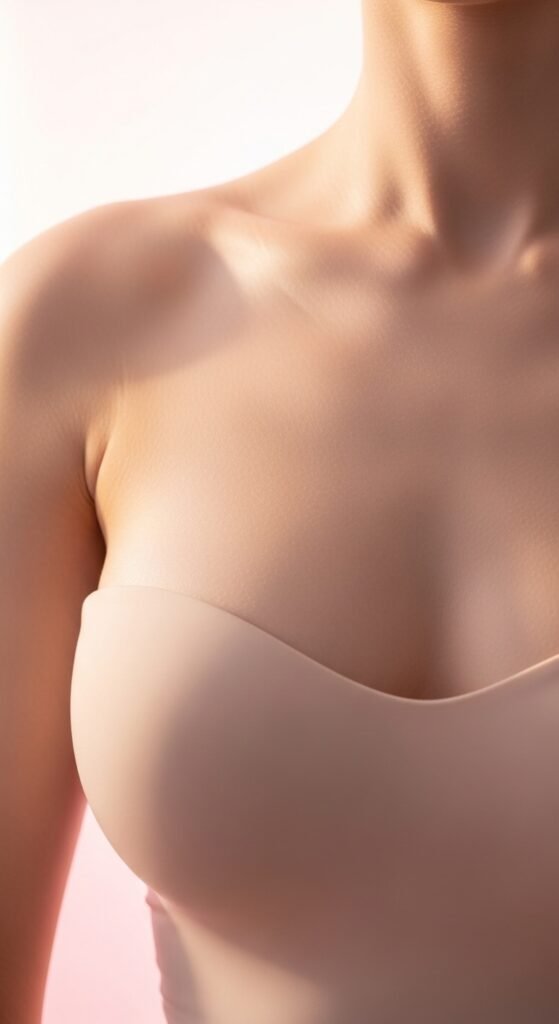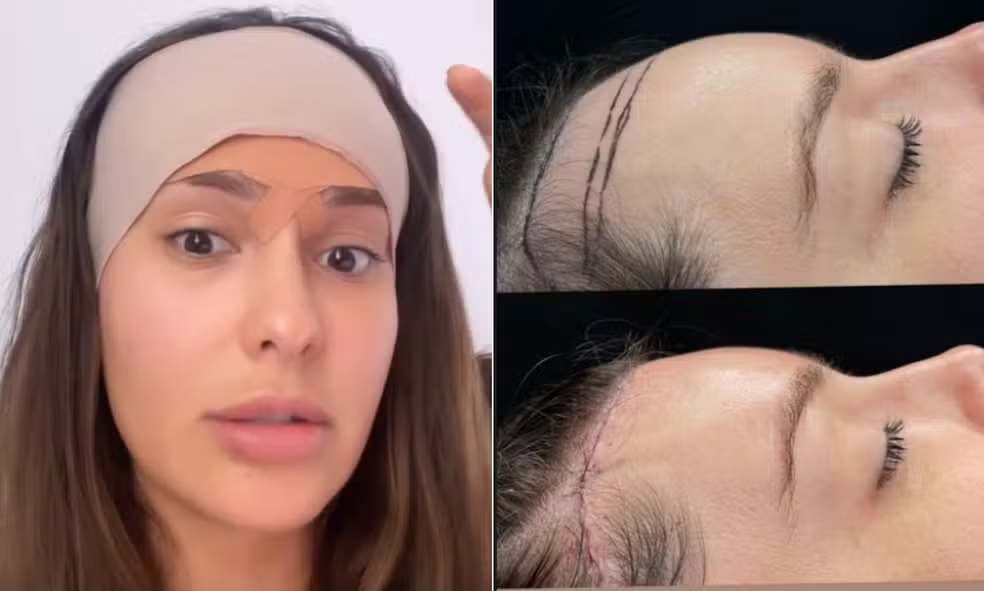Why Assessing the Ocular Vector Before Blepharoplasty Is Essential
The relationship between the eyeball (globe) and the projection of the cheekbone (malar region) — known as the ocular vector — is a key factor for the success of blepharoplasty. Correctly assessing this vector is crucial to avoid post-operative complications and to achieve a natural, safe result.
In this article, you’ll learn what the ocular vector is, how it influences eyelid surgery, and when canthopexy should be performed.
What Is the Ocular Vector?
The ocular vector refers to the alignment between the eyeball and the projection of the malar region (cheekbone). It can be:
- Negative (protruding eyes): the eyeball projects more than the cheekbone.
- Positive (deep-set eyes): the cheekbone projects more than the eyeball.
This seemingly subtle difference makes a big impact on surgical planning for blepharoplasty.
Protruding Eyes: Higher Risk of Complications
Patients with protruding eyes (negative vector) face a higher risk of lateral canthal malposition after blepharoplasty. This can result in:
- Ectropion (outward turning of the eyelid);
- Scleral show (excessive exposure of the white part of the eye);
- Rounded or unnatural eye appearance.
For these cases, performing a canthopexy — fixation of the lateral canthus — is mandatory. Canthopexy acts as a reinforcement, keeping the eyelid structures in the correct position and preventing deformities after surgery.
In addition, in negative-vector patients, fat pad removal must be conservative and skin excision should be minimal, preserving tissue support and lowering the risk of complications.
Deep-Set Eyes: Positive Vector
Patients with deep-set eyes (positive vector) have eyeballs that appear slightly recessed and cheekbones that project more. Their eyes often look smaller or more sunken.
In these cases, canthopexy is not automatically indicated. Its necessity depends on factors such as:
- Patient’s age;
- Degree of eyelid laxity;
- Need to reinforce the lateral canthus to improve eyelid support.
Many younger patients with a positive vector may not require canthopexy, while older patients with significant tissue laxity can benefit from adding it to prevent complications.
Why This Assessment Matters
Evaluating the ocular vector before blepharoplasty allows the surgeon to:
- Identify the real risk of complications;
- Plan the appropriate amount of skin and fat to remove;
- Decide whether canthopexy should be performed;
- Deliver a safer, more natural, and longer-lasting result.
Skipping this step can lead to unsatisfactory outcomes and aesthetic or functional issues that are difficult to correct later.
Conclusion: Safe Blepharoplasty Requires Individualized Planning
Before any blepharoplasty, it’s essential for the surgeon to analyze not just the excess skin or fat pads but also the ocular vector. Patients with protruding eyes (negative vector) need a more conservative approach with mandatory canthopexy, while in patients with deep-set eyes (positive vector), canthopexy should be evaluated on a case-by-case basis.
This individualized analysis is the key to avoiding complications such as scleral show and lateral canthal malposition, and to achieving a more natural and harmonious outcome.






